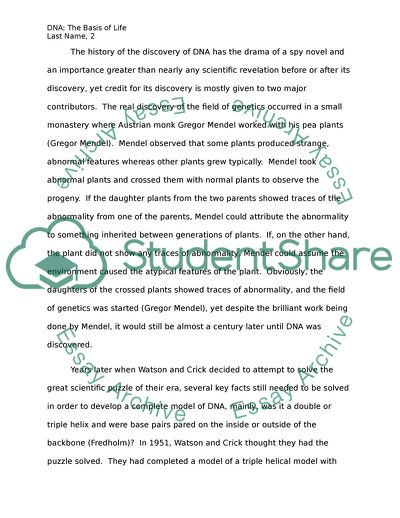Cite this document
(The True Beauty of DNA and the Quality of the Life Essay Example | Topics and Well Written Essays - 1500 words - 1, n.d.)
The True Beauty of DNA and the Quality of the Life Essay Example | Topics and Well Written Essays - 1500 words - 1. https://studentshare.org/science/1753194-dna
The True Beauty of DNA and the Quality of the Life Essay Example | Topics and Well Written Essays - 1500 words - 1. https://studentshare.org/science/1753194-dna
(The True Beauty of DNA and the Quality of the Life Essay Example | Topics and Well Written Essays - 1500 Words - 1)
The True Beauty of DNA and the Quality of the Life Essay Example | Topics and Well Written Essays - 1500 Words - 1. https://studentshare.org/science/1753194-dna.
The True Beauty of DNA and the Quality of the Life Essay Example | Topics and Well Written Essays - 1500 Words - 1. https://studentshare.org/science/1753194-dna.
“The True Beauty of DNA and the Quality of the Life Essay Example | Topics and Well Written Essays - 1500 Words - 1”. https://studentshare.org/science/1753194-dna.


